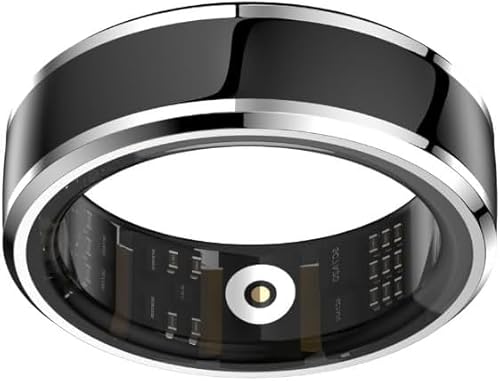My ascending Aorta was done @6.7
They were monitoring it for a few years, but had me throttled back with meds so bad I forced the issue of med reduction. I dont know if that's what allowed it to expand or not. I pushed for a med reduction regardless of risk because getting winded and needing a nap after walking to the mailbox wasnt LIVING, it was EXISTING. I was supposed to be getting Echo's every 6 months, but due to changes in insurance companies and policies.....I went around 2.5 years between, and it was during this time that it expanded. Now, to your question....my Dr's didn't want me doing pretty much anything. No planking, no running, no sports, literally nothing except walking, slightly moderate walking was his description. I dont do laying around, so.....I did whatever I wanted, Wakeboarding, rode quads at the sand dunes, yard work, mowing, weed whacking, hiking, etc.
I don't know what part caused it to expand, I don't know if ANY of it did, don't know if it was med reduction, it may have expanded no matter what I did. I won't/can't tell you what's safe for you to do....all I'm saying is I couldn't just "exist"......I needed to "live" ......but everyone is different and you sound like you're not as throttled back as I was. Dr's said not to do anything that involved strain, or any strenuous activities, nothing that would raise my BP.
My AVR was 12/12/2012, my ascending Aorta replacement was 4/16/2018
My ascending Aorta replacement was not OHS, they went in through my left side. The Aorta runs just in front of spine and there is a ton of stuff in the way that has to be moved to gain access to it. I also had damaged arteries to both kidneys, so they replaced those at same time as well.





















